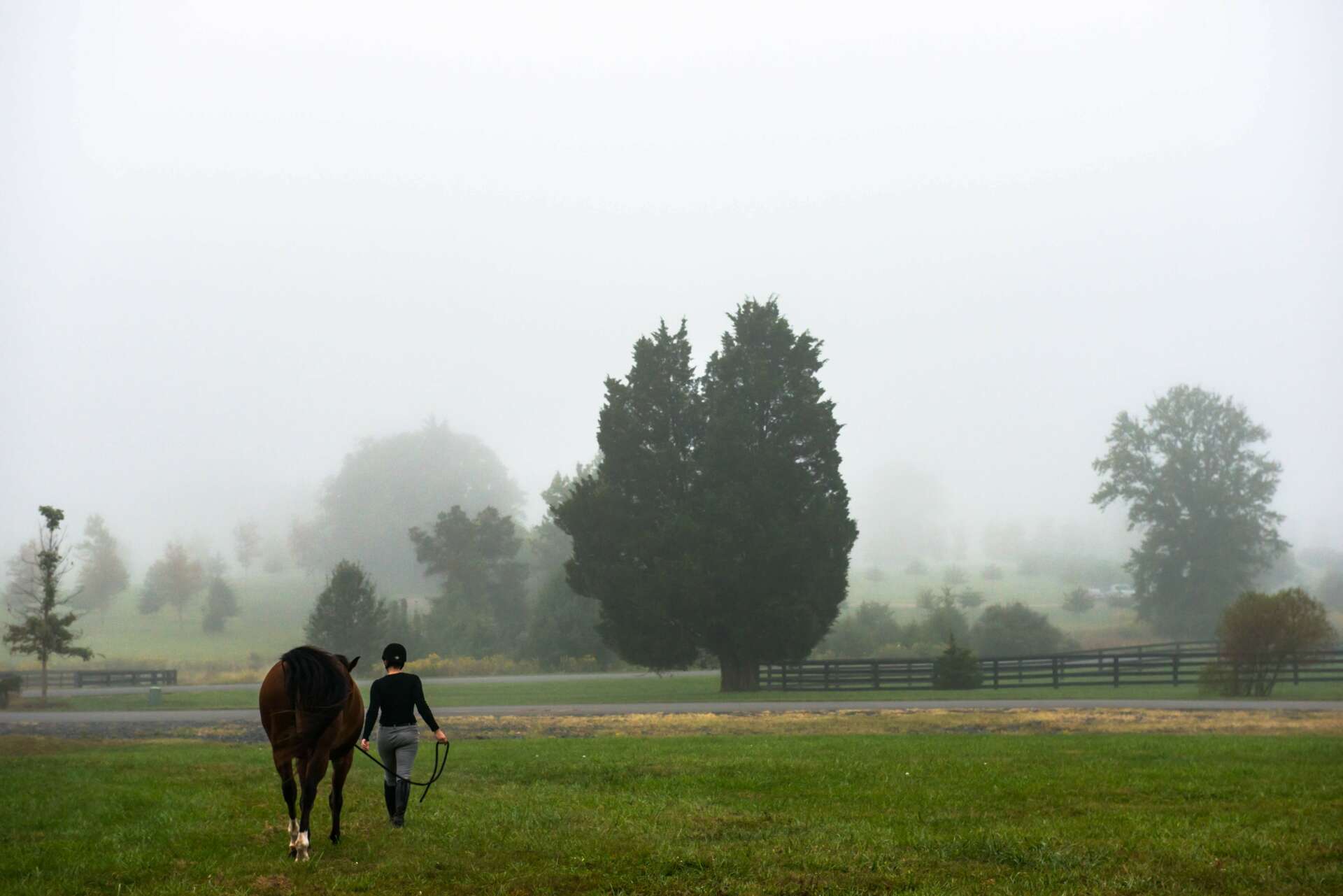We’re excited to introduce you to the always interesting and insightful Jane Beiles. We hope you’ll enjoy our conversation with Jane below.
Jane, appreciate you joining us today. What’s been one of the most interesting investments you’ve made – and did you win or lose? (Note, these responses are only intended as entertainment and shouldn’t be construed as investment advice)
GEAR! As a photographer, I can’t stress the importance enough of having the best equipment possible. Perhaps the best example of this comes from looking back at history. My mother and her older brother were both amazing photographers. I suppose the elusive “eye” essential to my craft was handed down by nature or nurture from this branch of my family tree. I was working on a project with vintage family photos and it was beyond remarkable the difference in their photographs viewed from a decades-later perspective. Both siblings had a knack for composition, beautiful subject matter and skill with the lens. The big difference, though, was the equipment. My mother, ever thrifty, used inexpensive cameras and processing. My uncle (as mom would call him “the big spender”) invested in state-of-the-art equipment and finishing. When it came time to select images for a slideshow, the “big spender’s” photos were much more impactful, especially viewed in large-scale. Like my mother, I do appreciate a good bargain, but this does not apply to my professional equipment. A recent “splurge” that paid off was the investment in a Swiss tripod head that allows for incredibly fine-tuned leveling to keep my architectural images rectilinear. Not only does the precision afforded make my images better, it also saves valuable time in post-processing where correcting lines can take hours of valuable work time.
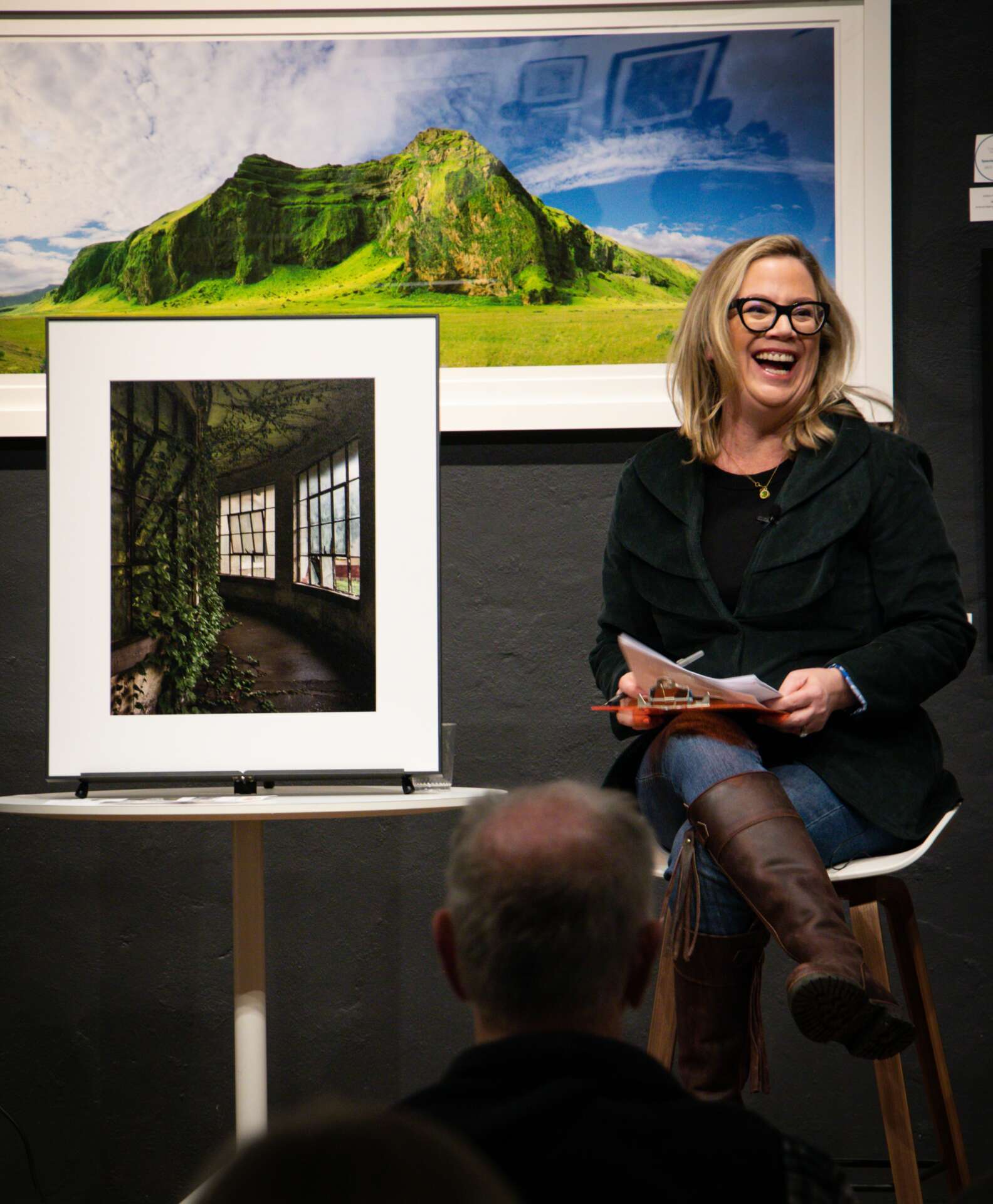

Awesome – so before we get into the rest of our questions, can you briefly introduce yourself to our readers.
Born at the end of the “Summer of Love”, 1969 in Detroit, I was an artist without a medium until the dawn of the 21st century. My mother was an artist and I inherited her love of beauty, but I did not inherit the mechanical aptitude for drawing or painting. Hours spent in museums or sitting at my mother’s easel honed my eye for art, but did little to develop my skills to put what I could see in my mind’s eye on paper. I had certainly picked up a camera, and enjoyed taking photos, but it was not a serious student as dark room time was both expensive and scarce, and I’ll admit Chemistry was my weakest subject. The concept of mixing developing solutions in a dark lab held little promise for me. I pursued a business degree at the University of Michigan, taking the minimal required coursework in a curriculum I found dry, in hopes of being employable upon graduation. At that time, many considered a degree in an art-related field to be a pathway to barely scraping by or, worse, a degree in unemployment. But my passion would not be quelled, so I stayed four extra spring and summer terms in Ann Arbor to study my true love, the history of art. I was resigned that if I could not be a creative, at least I could follow my passion in my education and perhaps land a business job in a creative industry. That path worked well in the 1990s when I worked in the New York City fashion and apparel industry – not as an artist, but enjoying being a part of the vibrant design community. The big change for me happened with the advent of digital photography. With the darkroom out of the equation, and shutter releases no longer “cost” to develop, I was able to put the time in to become a player as an actual creative. All those years of studying composition, color combinations, two-dimensional media techniques were finally put in to play, not to just observe or support art, but to create it myself. My business distinguishes itself because I bring a lifetime of my “pictorial reservoir” with me on every shoot – I don’t just see a bartender in situ in upstate New York – I see “The Bar at the Folies-Bergere” – a modern staircase isn’t just steps – I think of re-interpreting a work by DuChamp or Escher. My business is just over a decade-old, but I bring with me centuries of inspiration and a lifetime of love of art.
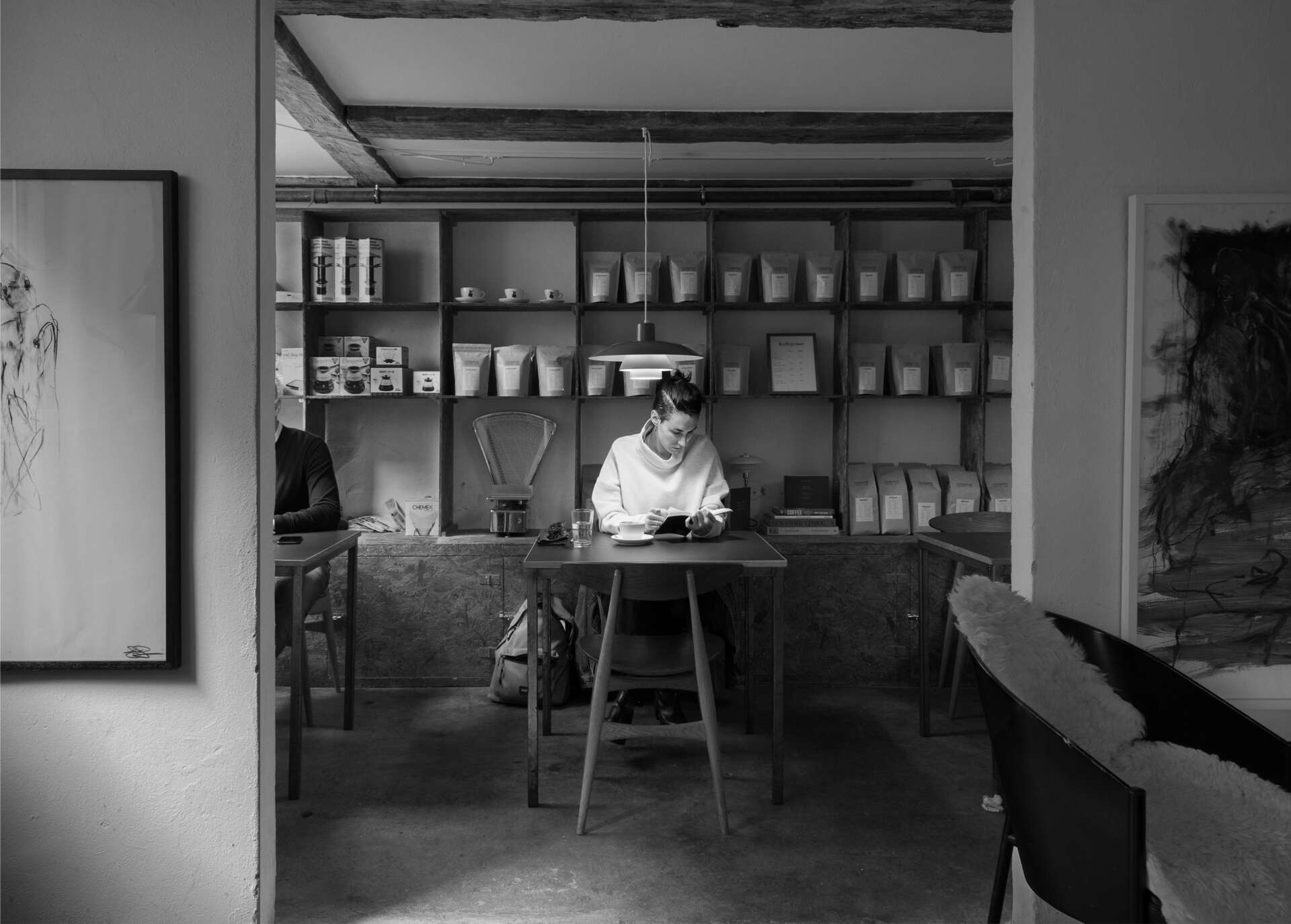
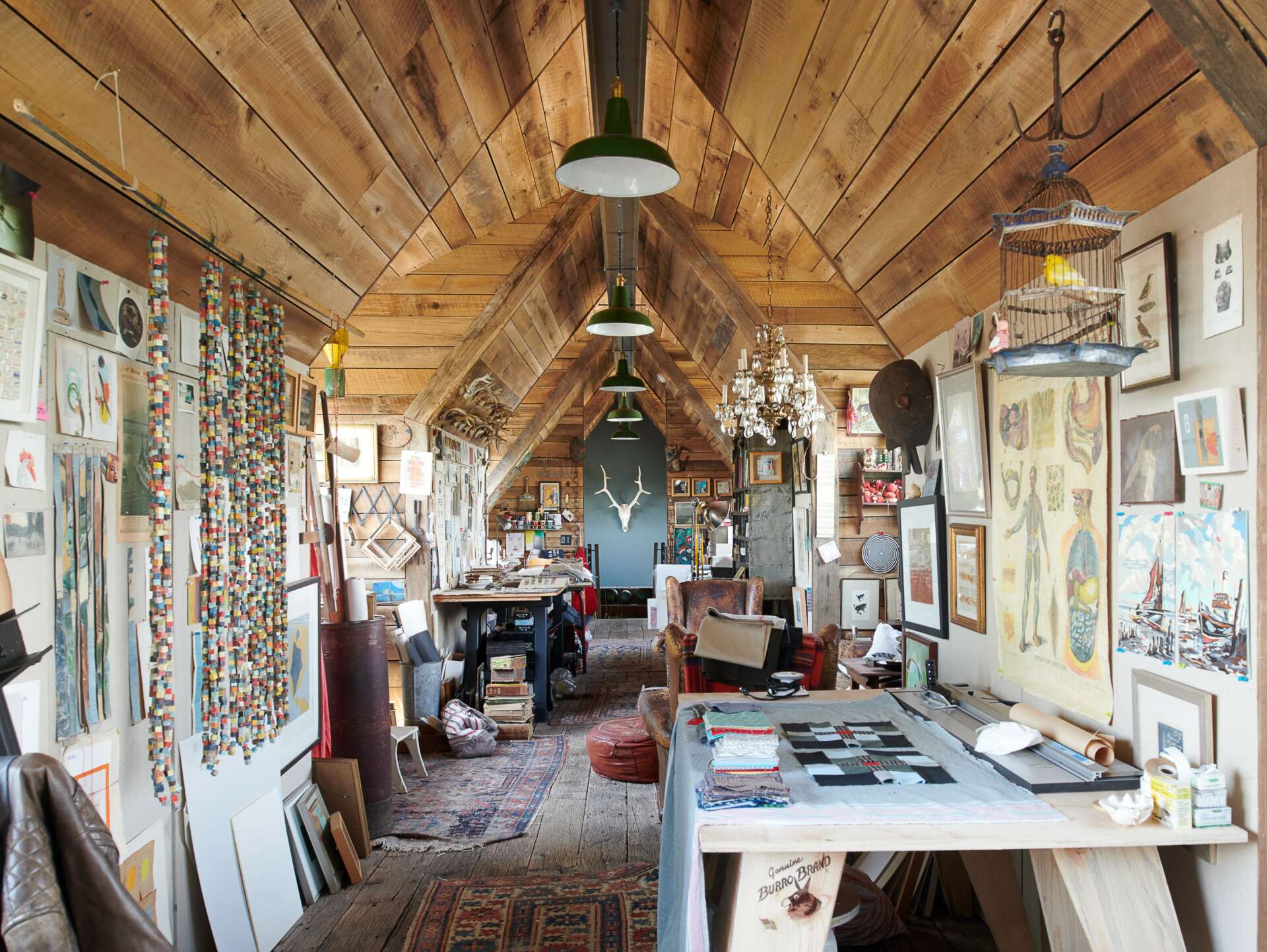
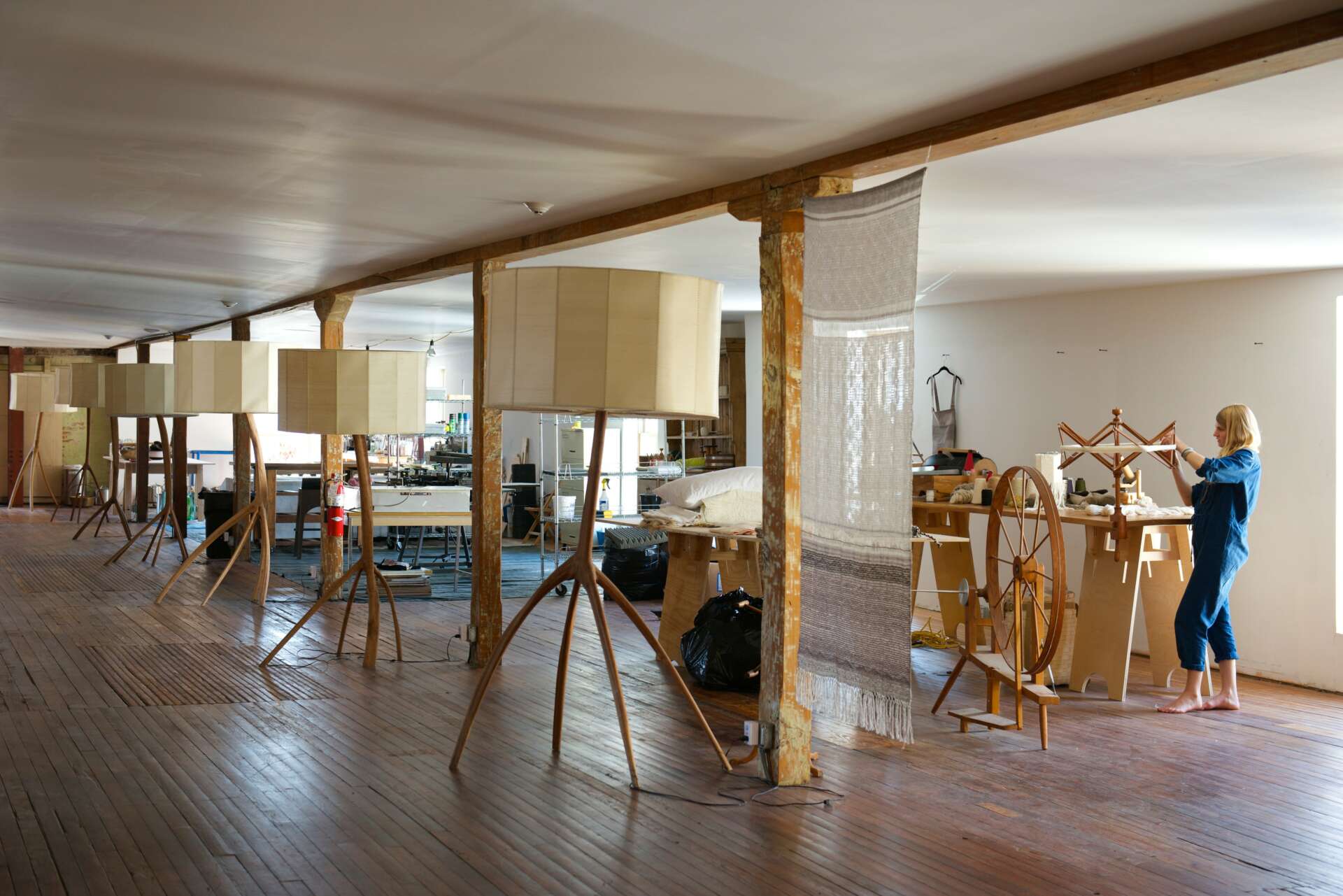
We’d love to hear the story of how you turned a side-hustle into a something much bigger.
When I started my work in photography, I was so concerned about “imposter syndrome” that I called my venture a “jobby” – half job/half hobby. Lacking an MFA or the experience in the traditional darkroom craft, I wasn’t sure that I would be taken seriously in the field. To compensate, I hustled like nobody’s business. I set high goals to prove the doubters wrong, and I was very, very motivated. Thrilled with early success and feedback in my Connecticut region, I set my goals even higher; I was determined to get at least one photograph in my career into the New York Times. I prepared for a portfolio review with the gatekeeper at the Times like Jennifer Beals rehearsing for her dance tryout in Flashdance. Needless to say, I got the nod, did my first shoot in 2013, and have since photographed over one hundred features for The New York Times. And I don’t call it a jobby anymore.
What do you think is the goal or mission that drives your creative journey?
My goal is to sprinkle joy and spread beauty.
Contact Info:
- Website: www.janebeiles.com
- Instagram: @janebeilesphoto
- Facebook: JaneBeilesPhotography
- Linkedin: Jane Sullivan Beiles
- Twitter: JaneBeilesPhoto
Image Credits
Photo of me on a stool with easels, Mike Pannicia


